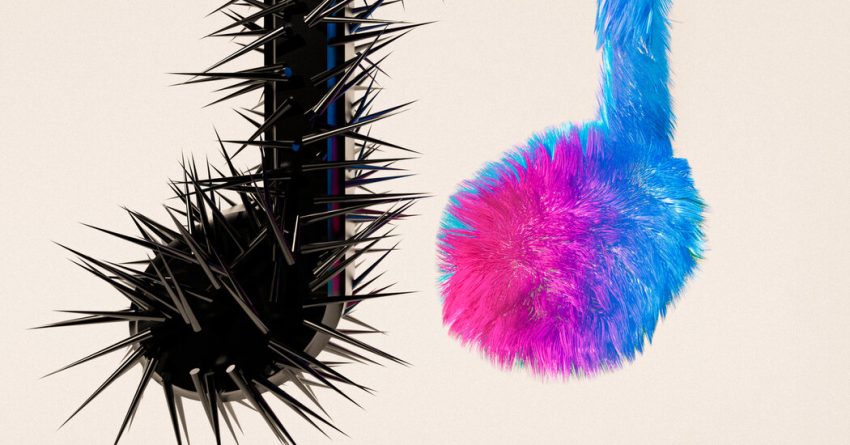Hearing people play their cellphones without headphones or earbuds is now a common fact of life. So is hearing people complain about it.
Some regard it as a direct threat: The person playing his iPhone like a radio, the argument goes, is essentially angling for a fight, daring you to say something so he can lash out in response. Some of the folks I see acting like this do indeed seem glowering and unfriendly. They remind me of a similar phenomenon in the 1980s and 1990s, when guys would play their boomboxes at top volume on the street and in trains.
In the influential book “Streetwise,” the sociologist Elijah Anderson describes the phenomenon. “Spontaneous and boisterous,” Anderson writes, “they play their radios as loud as they please, telling everyone within earshot that this is their turf, like it or not. It may be that this is one of the few arenas where they can assert themselves and be taken seriously, and perhaps this is why they are so insistent.”
Anderson may have seen these men as antiheros of a sort, but frankly, I saw them as the quintessence of obnoxiousness. These days, many have similar feelings about people casually playing music, sports videos and TikToks on their phones in public, and especially in confined spaces, like restaurants or public transportation.
I used to see it that way, too, but at least when it concerns to music I have come to see it in terms of the challenge of diversity. Hear me out!
I once knew someone who, nearing 30, was surprised to learn that not everyone liked the same music that they did. They hadn’t been close with many people whose taste differed from their own, and hadn’t heard much beyond what they chose to listen to. It seemed natural, then, to assume that their music gave everyone else joy, too.
